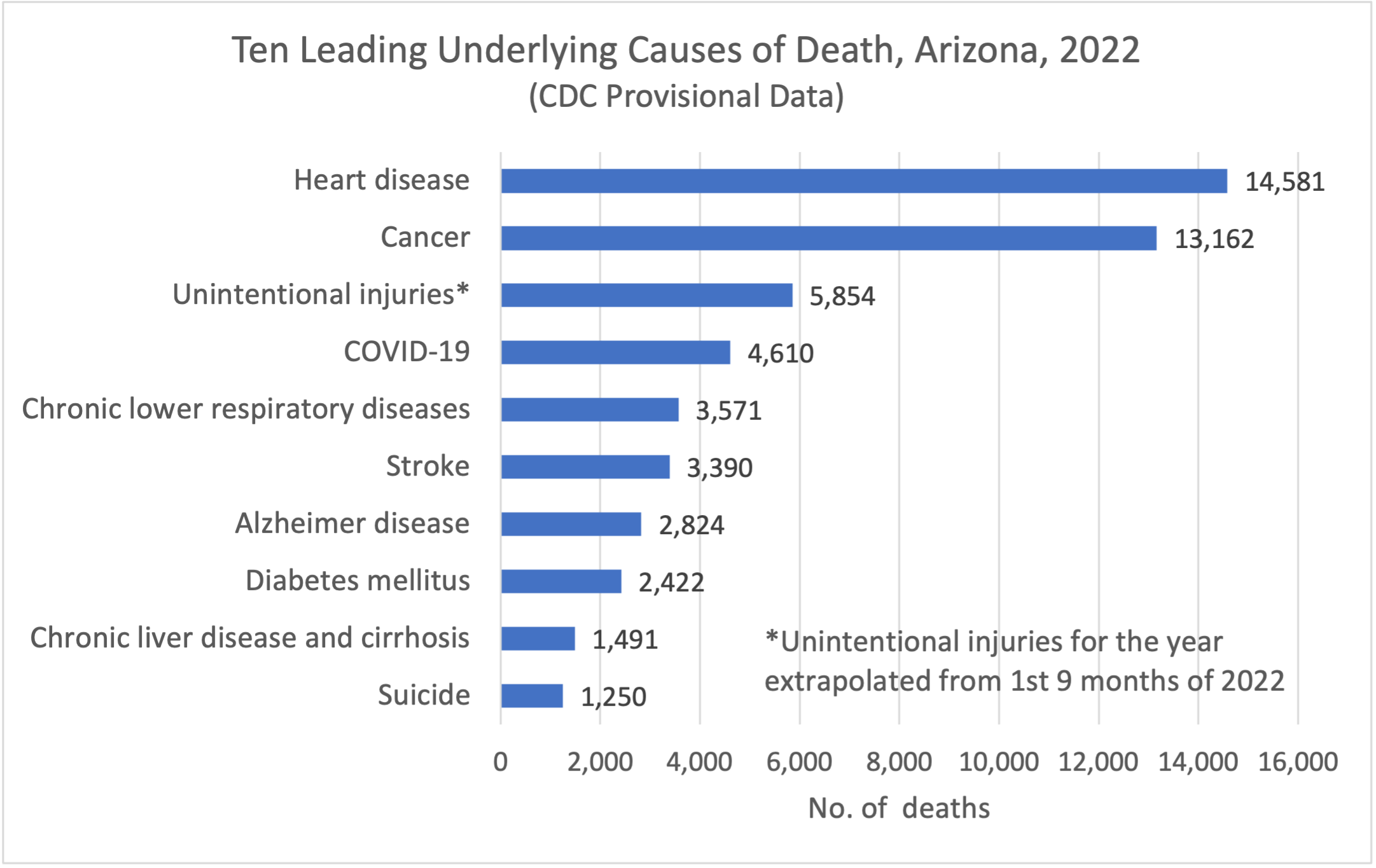Back in November 2021 congress passed and the president signed a $1.2 trillion spending bill called the Infrastructure Investment and Jobs Act. You might know it better as the bipartisan infrastructure bill.
Over the next several years Arizona is set to receive billions of dollars for infrastructure development including projects that address energy efficiency, electric grid improvements, broadband expansion, workforce development and more.
The funding presents an opportunity for Arizona to work with communities in all corners of the state to continue ensuring resiliency in the state’s economy, improve energy efficiency and convert to carbon free energy sources.
Arizona began implementing the Act during the previous administration with the establishment of the Infrastructure Investment and Jobs Act (IIJA) Task Force.
The Task Force is made up of state agency directors or their staff, tribe leadership and subject-matter experts. Their direction is to maximize the opportunity for Arizona communities to receive discretionary grant funding for Arizona infrastructure projects.
Areas of focus include:
- Broadband
- Infrastructure Workforce Development
- Cybersecurity
- Healthy Forests
- Energy
- Water
The infrastructure law funding is distributed very differently than the American Rescue Plan Act. Under ARPA, governors were given wide latitude to decide where ARPA funds should be allocated. By contrast, the infrastructure act is far more board based, competitive and governors aren’t the decision-maker in terms of cutting checks.
Rather than making funding decisions, the IIJA Task Force is charged with writing letters of support, helping search for grant opportunities, technical assistance with grant criteria and helping with grant writing and data collection.
The Task Force also tracks progress and performance of grant applications of Arizona IIJA funding opportunities (which run through 2026).
The IIJA Task Force has a program manager (Cindi Ptak). The Task Force has representatives from several entities (many of which have had senior leadership changes in the last few months):
- Governor’s Office
- ADOT
- ADEQ
- ADWR
- Water Infrastructure Finance Authority
- ADES
- Department of Forestry and Fire Management
- ADOA
- Arizona Commerce Authority
- Governor’s Office of Homeland Security
- ADoH
- Governor’s Tribal Liaison
I can’t find any minutes of meetings that the Task Force may have had nor do I see a schedule of future meetings. Perhaps once the legislative session ends the Task Force will meet and the executive director will provide more information about the IIJA Task Force. Here is the website for the IIJA Task Force (which is pretty primitive still): IIJA Task Force — Information and Resources
You can track federal spending in Arizona through USAspending.gov
Here’s a good map out of the Bipartisan Infrastructure Law (BIL) Maps Dashboard and state-by-state fact sheets: FACT SHEET: White House Highlights Infrastructure Progress in Every Corner of the Country, Updates State-by-State Fact Sheets
Here are the climate, clean energy, and electric vehicle projects with direct Arizona links that have been funded so far via the Bipartisan Infrastructure Bill: Bipartisan Infrastructure Bill Impacts in AZ through May 5 2023






